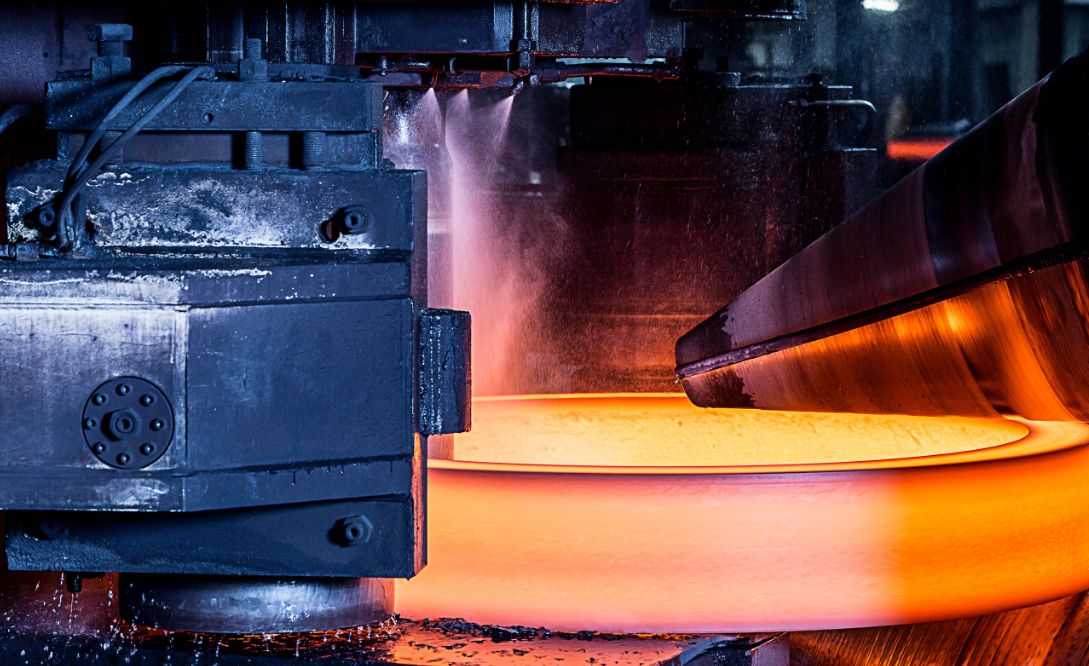What is quenching?
Quenching treatment is a heat treatment process in which steel with a carbon content of 0.4% is heated to 850T and rapidly cooled. Although quenching increases hardness, it also increases brittleness. Commonly used quenching media include salt water, water, mineral oil, air, etc. Quenching can improve the hardness and wear resistance of metal workpieces, and is widely used in various tools, molds, measuring tools, and wear-resistant parts (such as gears, rollers, carburized parts, etc.). By combining quenching with tempering at different temperatures, the strength and fatigue strength of the metal can be greatly improved, and the coordination between these properties can be achieved to meet different usage requirements.
What is the purpose of quenching steel?
The purpose of quenching is to transform undercooled austenite into martensite or bainite to obtain martensite or bainite structure, and then cooperate with tempering at different temperatures to significantly improve the rigidity, hardness, wear resistance, fatigue strength, and toughness of steel, thereby meeting the different usage requirements of various mechanical parts and tools. It is also possible to meet the special physical and chemical properties of certain special steels, such as ferromagnetism and corrosion resistance, through quenching.
High frequency quenching of S45C steel
1. High frequency quenching is mostly used for surface quenching of industrial metal parts. It is a metal heat treatment method that generates a certain amount of induced current on the surface of the product workpiece, rapidly heats the surface of the part, and then rapidly quenches it. Induction heating equipment refers to the mechanical equipment that induces heating of workpieces for surface quenching. The basic principle of induction heating: The product workpiece is placed in an inductor, which is usually a hollow copper tube with input medium frequency or high-frequency AC power (1000-300000Hz or higher). The generation of an alternating magnetic field generates an induced current of the same frequency in the workpiece. This induced current is unevenly distributed on the surface, strong on the surface, but relatively weak internally, approaching 0 at the center. By utilizing this skin effect, the surface of the workpiece can be rapidly heated, and within a few seconds, the surface temperature can be rapidly increased to 800-1000 ℃, with a small increase in the center temperature. The highest surface hardness of 45 steel after high-frequency quenching can reach HRC48-53. After high-frequency quenching, the wear resistance and practicality will significantly increase.
The difference between quenched and non quenched 2.45 steel: There is a significant difference between quenched and non quenched 45 steel, mainly because quenched and tempered steel can achieve higher toughness and sufficient strength. The hardness of steel before quenching and tempering is around HRC28, and the hardness after quenching and tempering is between HRC28-55. Generally, parts made of this type of steel require good comprehensive mechanical properties, that is, to maintain high strength while also having good plasticity and toughness.
Post time: Nov-23-2023


